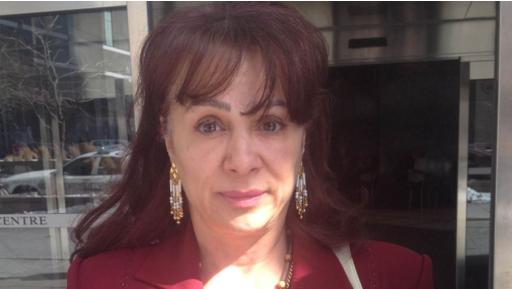The World's Greatest Democracy
The cousins, two girls of the ages of 14 and 15, had no facilities in their homes where they or any other family members could perform the most ordinary of human functions; voiding their bladders, emptying their bowels, something most people are accustomed to performing in privacy, in their own home bathrooms equipped with toilets to carry the waste away. But they, like around fifty percent of people living in India, have no such facilities.They must evacuate their bodily-waste products in public, and they do, for they have little other choice. People go out from their homes and take themselves into empty fields or railway tracks or any other relatively close outdoor space, and they perform their daily evacuation. And it is there, where they are most vulnerable, that girls and women are violated. Not just any girls and woman, but mostly those of the 'untouchable' class.
The Hindu caste system holds that there are the privileged, of high caste, and the untouchables, the low caste people who are considered little better than slaves at the disposal of the high castes. And so, their human rights are largely non-existent. They are preyed upon in this most vulgar and unjust of social-religious-cultural systems that victimizes them, even though in India this is now against the law. It is also against the law to force girl children into marriage, but it is also customary.
The two cousins will never have to worry now about being forced into marriage with an elderly cousin or a wealthy old widower. They were abducted in full sight of other villagers similarly occupied in a field close to their home in Badaun in Utter Pradesh state. When the father of one of the girls went to the local police station, he was turned away. When he went to the home of one of the men whom he knew had abducted the girls, he was refused his demand for their release.
 |
| BBC News |
All this with imperious impunity, with the serenity of entitlement. The girls were raped, they were strangled, they were hanged from branches of a tree for the entire community to see that this could happen to any one of them, for they were lowly Dalit. In India, many upper caste men believe implicitly it is their right to have "first choice" of any Dalit girl.
 |
| BBC News |
"Rape is loss of our reputation, livelihood, honour and the end of our future" said one woman whose 14-year-old daughter with three of her friends were seized by five relations and neighbours of their feudal landlord. The girls had been drugged and raped throughout the night before they were finally released to their families. This, a family with five children who farm rice and barley fields with no income to show for it, to service a generational debt they could never pay off to a high-caste family.
The murdered cousins were seen being led away by local high-caste farmers, by their uncle. When the uncle attempted to intervene, he was warned off, with a gun. One of the girls' father said the police had "refused to look for my girl". Had his pleas been answered by a search -- since they knew very well where the girls were taken, having confronted one of the abductors who admitted the girls were with him, but refused to release them -- the girls' lives would have been saved.
"If my daughter doesn't get married and suffers her entire life, wouldn't it have been better for her that she had been killed by those beasts?" said the mother of the young girl who had been raped along with her three friends. It is impossible to imagine the lifelong trauma suffered by these children. The mother feared as well, with the tarnishing of the family honour, that her older daughter too would now be unmarriageable.
The entire family was forced to flee their village after death threats from the upper caste Hindus who had banned them from sending their children to school, from visiting the local temple, or from buying food from the shops. They migrated, along with 80 others from their village to Delhi, where they live in unspeakable privation, on the streets.
Labels: Atrocities, Human Rights, India, Sexism, Sexual Predation, Social Dysfunction






























